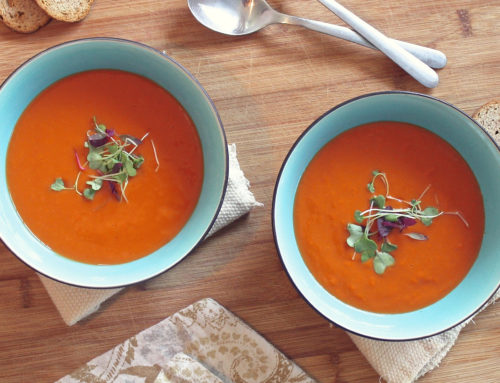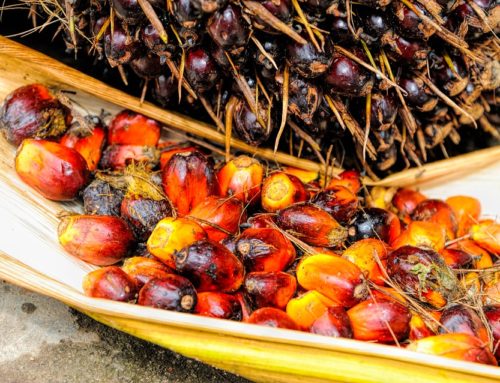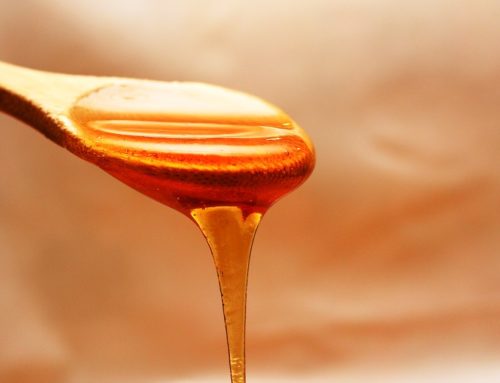Red palm oil is RED due to the natural CAROTENES and teeming with tocotrienols (vitamin E)
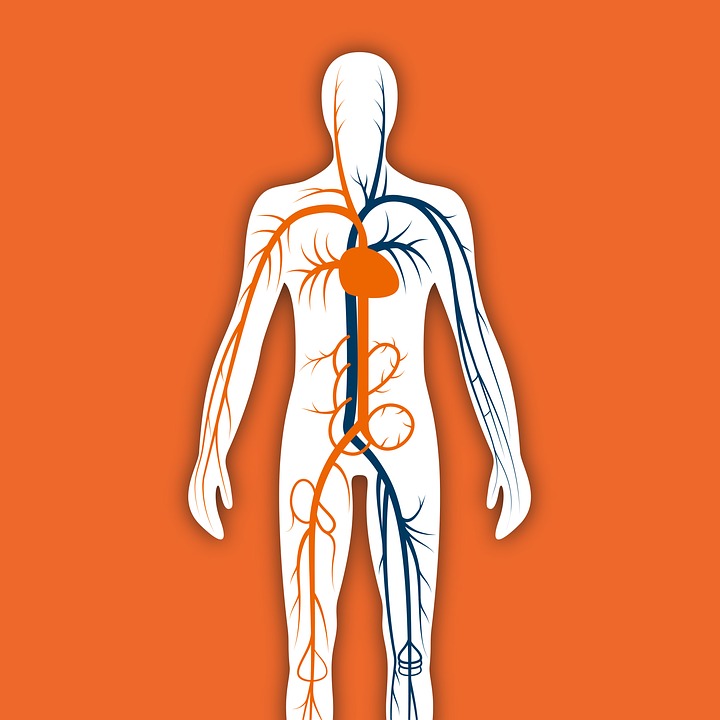 Oxidation gives life but also provokes ageing. Free radicals can be useful but also quite aggressive
Oxidation gives life but also provokes ageing. Free radicals can be useful but also quite aggressive
When the oxidation processes in our body are controlled by the necessary enzymes, then they will provide us with energy and are needed for the proper function of the body’s cells. But if uncontrolled oxidation processes are triggered by free radicals, then cells with bad properties are created.
The oxygen molecules in our metabolism can for example result in dangerous free radicals, which try to ‘capture’ electrons at the height of the double bonds of poly unsaturated fatty acids. This will result in extremely harmful bonds: The damaged polyunsaturated fatty acids in turn become free radicals, which affect body structures. Thus an excess amount of polyunsaturated fatty acids is not recommended in our body. On the one hand because they are long chain fatty acids, which can be easily stored in the body as fat. On the other hand because they are an easy prey for the free radicals in our body, due to their double bonds, and thus can be damaged.
At a temperature of 37°C the body uses lots of oxygen; as a result free radicals become super active, meaning polyunsaturated fatty acids are damaged and thus turn rancid very quickly in our body. In this manner they themselves cause oxidative stress and can be the reason for infective reactions. These oxidation processes will also result in damage to enzymes and cells and be an obstacles to our vitality.
The oxidation of polyunsaturated fatty acids in our skin causes wrinkles, in the brain it will contribute to dementia, Alzheimer’s and Parkinson’s; it will also contribute to cardiovascular disease and the oxidation in cellular membranes can contribute to cancer and fa- tigue. There should never be an excess of polyunsaturated fatty acids… Never use them without consuming protective substances such as vitamin E and carotenoids. And never heat polyunsaturated fatty acids.
Polyunsaturated fatty acids: Nature from two different angles
In nature polyunsaturated fatty acids are extremely well protected against light, air and oxygen. Once pressed however, they become quite sensitive to oxidation proc- esses and fall victim to free radicals. Unprotected polyunsaturated fatty acids, which are absorbed in the body, will oxidize easier and cause damage to the cells with the resulting consequences. The skin will age faster, cholesterol will oxidize, the blood vessel walls will start showing plaque, the brain cells will turn rancid, vision will decrease and DNA will be affected… All western diseases such as arthritis, Alzheimer’s, Parkinson’s, diabetes, cardiovascular disease and cancer are all the consequence of insuffi ciently protected (by antioxidants) polyunsaturated fatty acids in the body, which are affected by free radicals. Studies in India have shown that when the intake of refi nedpolyunsaturated fatty acids (omega 6) is high and when the intake of antioxidants is low, there is a higher risk of cardiovascular disease and diabetes. ( 6)
Red palm oil provides a lot of vitamin E and carotenes.
The more free radicals are given free rein in our body, the more antioxidants we will need to neutralize these aggressively oxidizing substances. Countering ageing and illness is often a case of a sufficient intake of antioxidants. Antioxidants which will help protect these fats are for example vitamin E and carotenes. Two-time Two-time Noble Prize laureate Linus Pauling wrote: ‘a diet rich in polyun- saturated fatty acids will rob our body of vitamin E with negative consequences for the brain, muscles, the heart and arteries. A diet rich in polyunsaturated fatty acids ( omega 3 and omega 6) needs to contain sufficient vitamin E.’
We have already seen that cholesterol is not that bad for us. But cholesterol in the body, which is insuffi cientlyprotected by vitamin cholesterol in the body, which is insufficiently protected by vitamin E, carotenoids and other protective substances, will start to oxidize. Oxidized LDL cholesterol will damage the blood vessels as a free radi- cal and will contribute heavily to atherosclerosis. Foam cells will be produced, which will adhere to the aorta walls. Oils rich in omega 3 and omega 6 are the fi rst victims of a lack of vitamin E and carotenes in our body. Scientists discovered that in rabbits these foam cells do not decrease by reducing cholesterol levels, but instead by countering the oxidation of cholesterol. (50) In other words: By administering larger quantities of vitamin E and carotenes.
The American Heart Association states that people with cardiovascular problems all have a problem with infective reactions. Unsaturated fatty acids without suffi cient protective substances such as vitamin E and carotenoids can contribute to this. Satu rated fats will oxidize much less rapidly and thus cause very few infective reactions. Oxidized cholesterol is also present in egg powder and milk powder.
Let’s be clear about omega 3 and omega 6: We can’t live without them, but too much of a good thing is too much.
Omega 3 and omega 6 fatty acids are essential fatty acids, let that be clear! They contribute to several important life functions; in fact without them life would be impossible. But enough is as good as a feast. When you supply your body with omega 3 and omega 6 you also need to make sure that it gets suffi cient amounts of vitamin E and carotenoids to protect the fatty acids from oxidation processes due to the free radicals in our body.
Red palm oil contains 10 times more carotenes than carrots and is teeming with vitamin E. That is why I recommend that everyone should take 1⁄2 coffee spoon (minimum) to 1 tablespoon (best) of vegetable omega 3/6 oil a day. Omega 3/6, which is part of the polyunsaturated fatty acids family, should always be consumed cold. You can never heat them. Those who wish to have more information about the benefi ts of omega 3/6 should read my book ‘why omega 3/6 and why these cannot do without vitamin E and carotenes’.
Dr. D. Steinberg of the University of California thus recommends that we take maximum 10% of our food calories from omega 3 and omega 6 fatty acids. (51) generally speaking I can recommend: The less fat you eat, the bigger the share of polyunsaturated fatty acids can be. In fat-reduced diets (15% fat calories) this share amounts to 1/3. So one part of omega 3/6 to 2 parts of other healthy fats. In fat-rich diets (more than 40% fat calories) this share is 1/5.
Red palm oil fights off free radicals for a better health and less stress
Most western diseases such as cancer, diabetes, Alzheimer, cardiovascular disease, arthritis as well as the ageing of our skin and eyes originate in oxidative stress, caused by the aggressive free radicals. (26) Red palm oil arms against these free radicals by supplying an abundant portion of antioxidants and will increase our resistance against stress. (171) Red palm oil is teeming with vitamin E and carotenes.
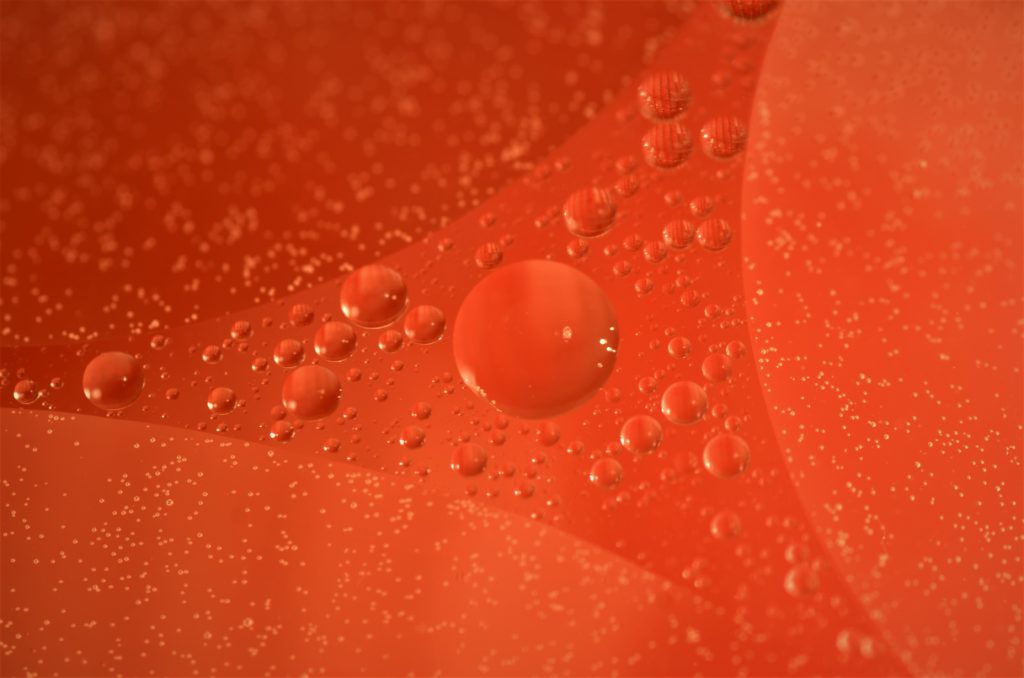 Extra virgin red palm oil is super healthy. White palm oil is extremely unhealthy…
Extra virgin red palm oil is super healthy. White palm oil is extremely unhealthy…
There is a world of difference between extra virgin red palm oil and white palm oil. Palm trees are often harvested for their carotenoids, vitamin E and other healthy substances such as sterols, co-enzyme Q10, which are contained in the palm fruit. These then go to the pharmaceutical industry, which uses it for supplements and medication. The waste product, stripped of these valuable nutrients, is then refi ned, deodorized, bleached and even wholly or partially hardened, after which the cheap white palm fat is obtained. Extremely bad for our health. Luckily there is also extra virgin red palm oil. An antioxidant booster, which is obtained from mechanically and cold pressing the palm fruit. Nothing more and nothing less. 100% natural.
Palm kernel oil is not the same as red palm oil
Palm oil is manufactured using the red fruit of the palm tree, which grows at the top of the tree (fruit oil). Palm kernel oil is produced from the kernel of this red fruit (kernel oil). (Unrefined) palm kernel oil is a healthy baking fat, but barely contains carotenes and vitamin E. So don’t confuse them!
Extra virgin red palm oil: Good for your heart and blood vessels
Red palm oil ensures that bad LDL cholesterol goes down and that good HDL cholesterol goes up. A high number of studies has reported that a diet enriched with red palm oil is good for one’s cholesterol levels. (151) (152) (153) (154) Not only the composition of the fats in palm oil has a benefi cial effect on health, but also the tocotrienols, which you can fi nd in the vitamin E of red palm oil, reduces bad HDL cholesterol (155). Dutch researcher Hornstra already demonstrated in 1988 that red palm oil has an anti-plaque effect on the aorta (reduces the plaque in the aorta) and the same anti-thrombosis effects (reducing the origin of blood clots) which is com- parable to that of unrefi ned sunfl ower oil (156), fish oil, linseed oil and olive oil. Doc- tor Kamsiah J. has demonstrated that red palm oil does not have any negative effects on triglycerides and cholesterol, even if the red palm oil is frequently heated. (169) The fact that red palm oil has a positive effect on cholesterol is due to the fact that red palm oil supplies carotenes, vitamin E, sterols, Q10 co-enzyme, etc. to the body.


